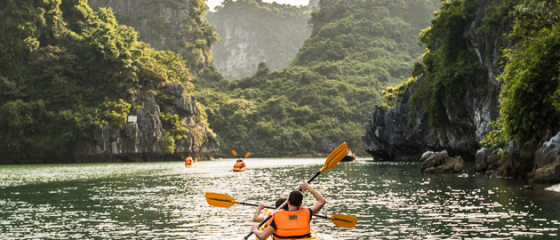Most travellers to Vietnam flock to Hoi An and Halong Bay, but miss out on its crowd-free corners. We spoke with TravelLocal’s in-country guides on where to explore for an enriched cultural experience…
1: Mù Cang Chải district

The star attraction here are the lush rice paddies that stretch across 20 sq km of the area’s undulating hillsides, farmed by locals for centuries. Head there in autumn (September-October) and you’ll see them at their best, the late afternoon sun bathing the rice fields in soft golden and toast-brown hues at the height of harvest season. It’s also a great excuse to join in the festivities at the annual Rice Paddy Festival, where minority Thai groups perform traditional bamboo-based music and Xoe dances.
Webs of walking trails offer spectacular views across this natural light show, as well as offering a glimpse of the ethnic minority villages that dot this wild land.
Local insider tip: Time your visit for the harvesting season in September when there are plenty of festivities to be enjoyed, including street food exhibitions and group performances among the local Thai communities.
2: Bai Tu Long Bay
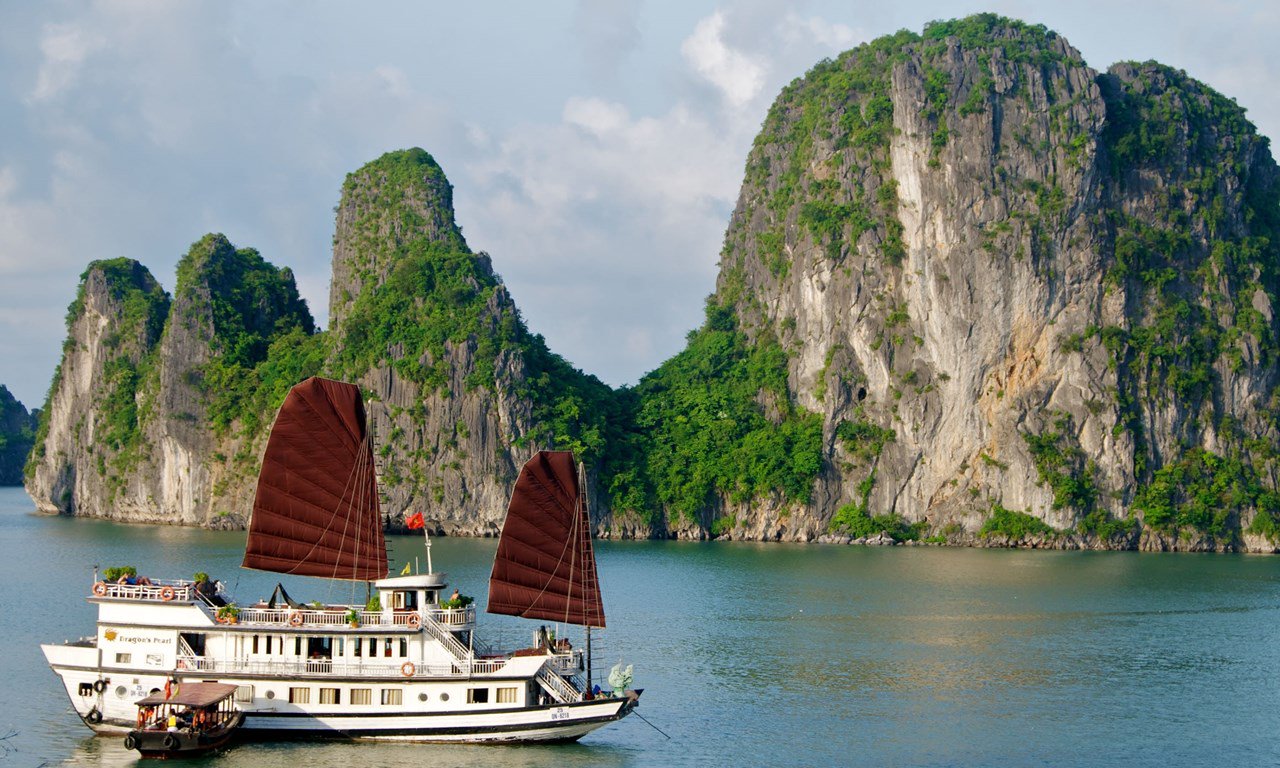
However, float along the coastline a little further and you’ll reach Halong’s less-celebrated sister, Bai Tu Long. Here, the fine limestone islets that speckle the creamy ripples of this national park more than rival its more popular peer for natural drama, but it comes without the crowds, meaning you have its misty sunrises and otherworldly views all to yourself.
Local insider tip: Explore more of Vietnam’s lesser-known beautiful bays:
Nha Trang Bay
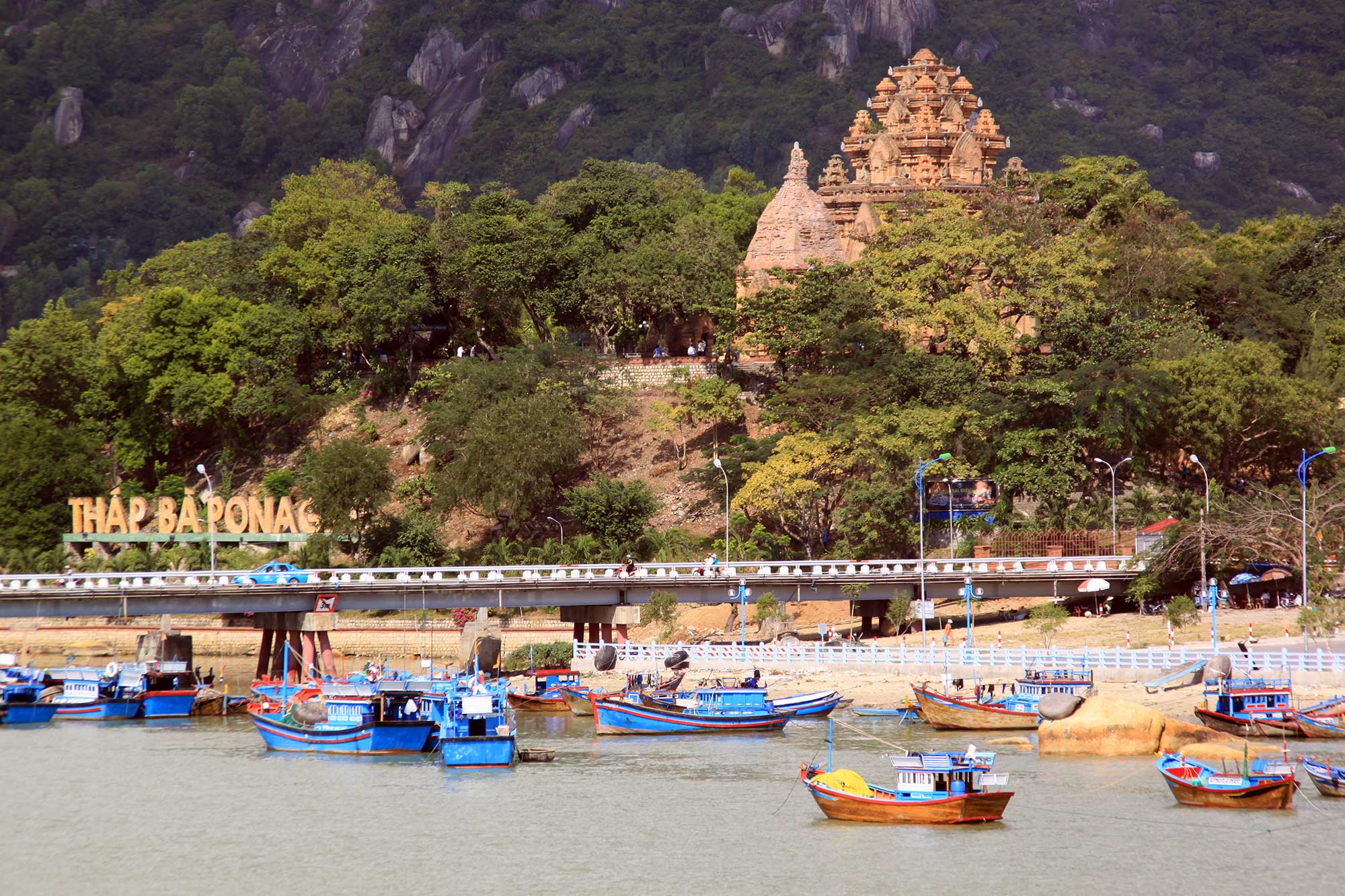
Thanks to its diversified marine life, the waters surrounding Nha Trang Bay draw in visitors from across Vietnam as well as overseas in the hope of swimming alongside a whole spectrum of fish, including cuttlefish, lionfish and clown fish. For those who are willing to take the plunge, snorkel a few metres deeper to the ocean floor for a dazzling spectrum of 350 species of coral that glow in the sun’s reflection.
Vinh Hy Bay
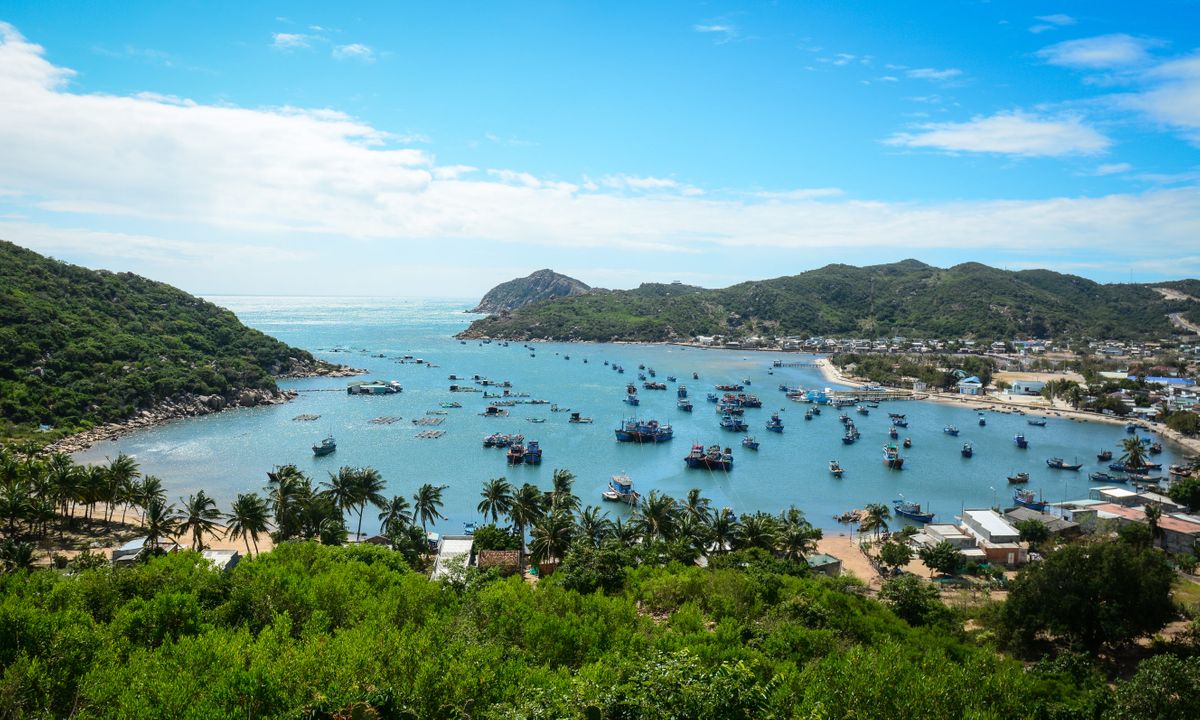
Compared to Vietnam’s more iconic coastal attractions, Vinh Hy Bay attracts little attention. Its unlikely location on the east coast of Nui Chua National Park means travellers who venture to this unsuspecting corner can admire its natural beauty in seclusion. Surrounding the bay are minority communities such as the Cham and Raglai people, as well as a growing fishing community – meaning now is the best time to visit before the crowds arrive.
3: Northern mountain markets
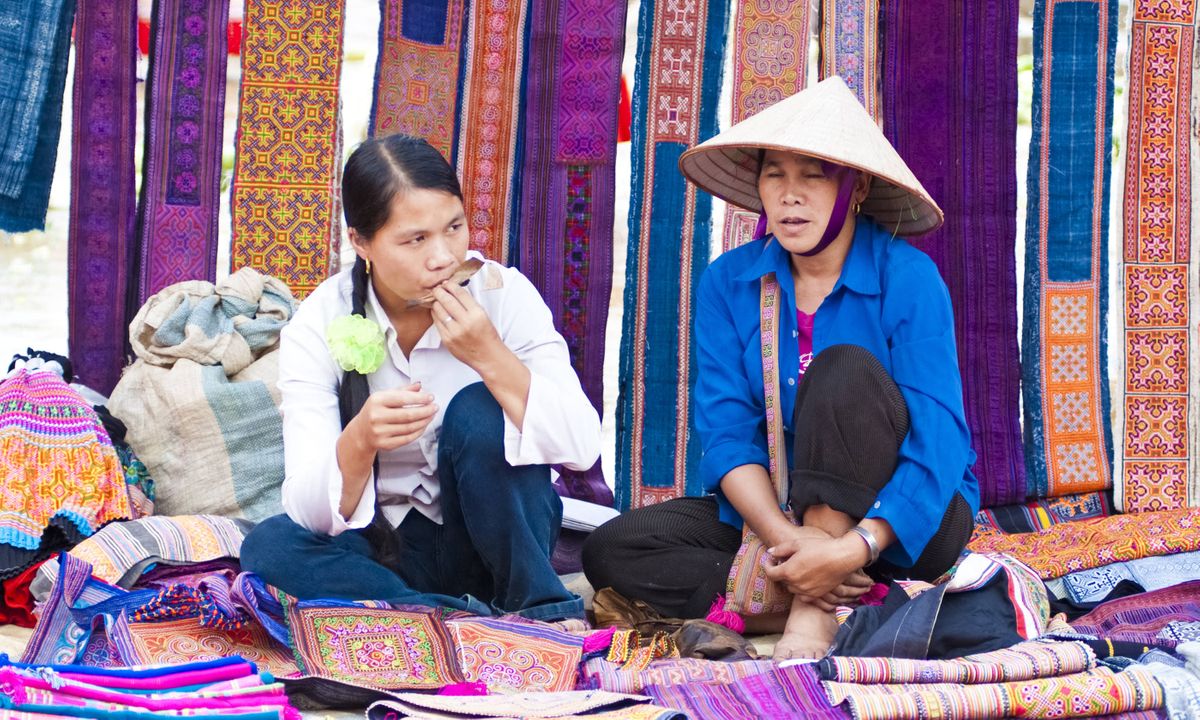
From the break of dawn, once-quiet streets are flanked with bustling stalls ready for locals bedecked in colourful traditional dress ready to peruse. For travellers, it’s a fine opportunity to glimpse tribal life and each village’s cultural intricacies, and with such little tourist footfall here, you’re guaranteed they’re authentic.
Spend your Sundays in Bac Ha, which boasts the biggest market in the region, a riot of colour veining its streets, or in Dong Van, where you can taste foods such as banh troi (floating rice cake) and ruou gao (rice wine). Home-stewed thang co is also a must-try meat-based dish that gets its fine flavours from a mix of lemongrass and chilli leaf, giving it a flavourful kick that leaves the mouth ringing for more.
Elsewhere, you can pick up regional vegetables in Cao Son on a Wednesday, sip Lung Phin’s namesake tea and twinning market mooching in Pho Bang with a wander among its ancient tiled roofs is also a delight.
Local insider tip: Make the most of being on the doorstep of a remote mountain range, where fresh produce can be selected and sampled, before cooking up traditional Vietnamese dishes, away from the tourist-packed markets in major cities. Whether you’re tempted by beef jerk that’s been slow-roasted over a firepit, or curious to try lemon fried chrysalis bees, there’s plenty of food on offer to tease the palate.
4: Côn Đảo islands
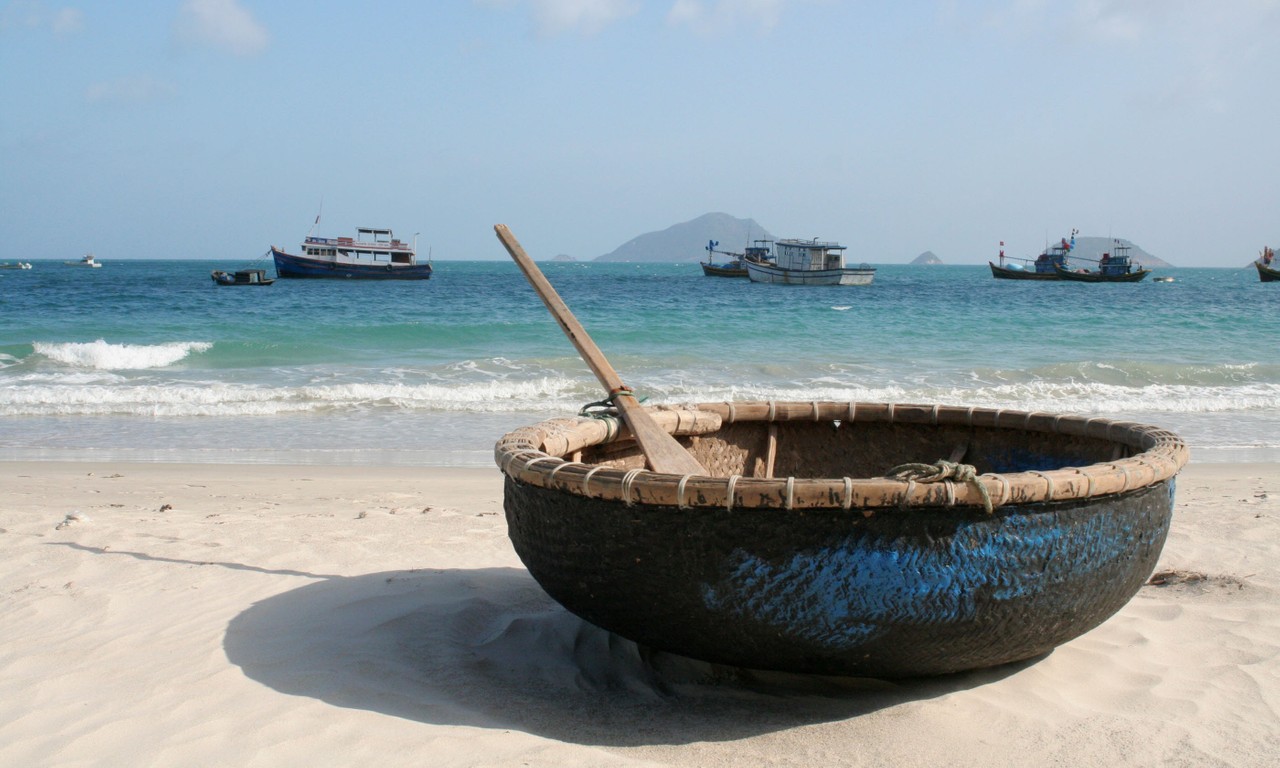
It was once covered in prisoner camps, with Vietnamese soldiers held here both under French rule and the American-backed government between 1862 and 1975. While you can still visit the prisons of old, it’s the striking landscapes that are now the eye-catching focal point.
Côn Sơn is its largest hub, fringed with sandy beaches and snorkel-worthy coral reefs and inland, covered in patches of tropical forest and a charming colonial Old Town. Hiking trails serve up fine wildlife-watching opportunities both on the ground and in the sky, with the chance to spy black giant squirrels, the endemic bow-fingered gecko, red-billed tropic bird and the rare brown booby. Its shores are also one of Vietnam’s most important nesting sites for green and hawksbill turtles, which can be spotted laying eggs along Côn Sơn’s 13 beaches throughout the nesting season between May and October.
Other islands here are also worth venturing to: Bay Canh is a major nesting site for sea turtles and Tre Long is surrounded by an impressive haul of coral reefs, teeming with kaleidoscopic fish.
Local insider tip: Take time to explore other off-beat islands:
Nam Du Islands
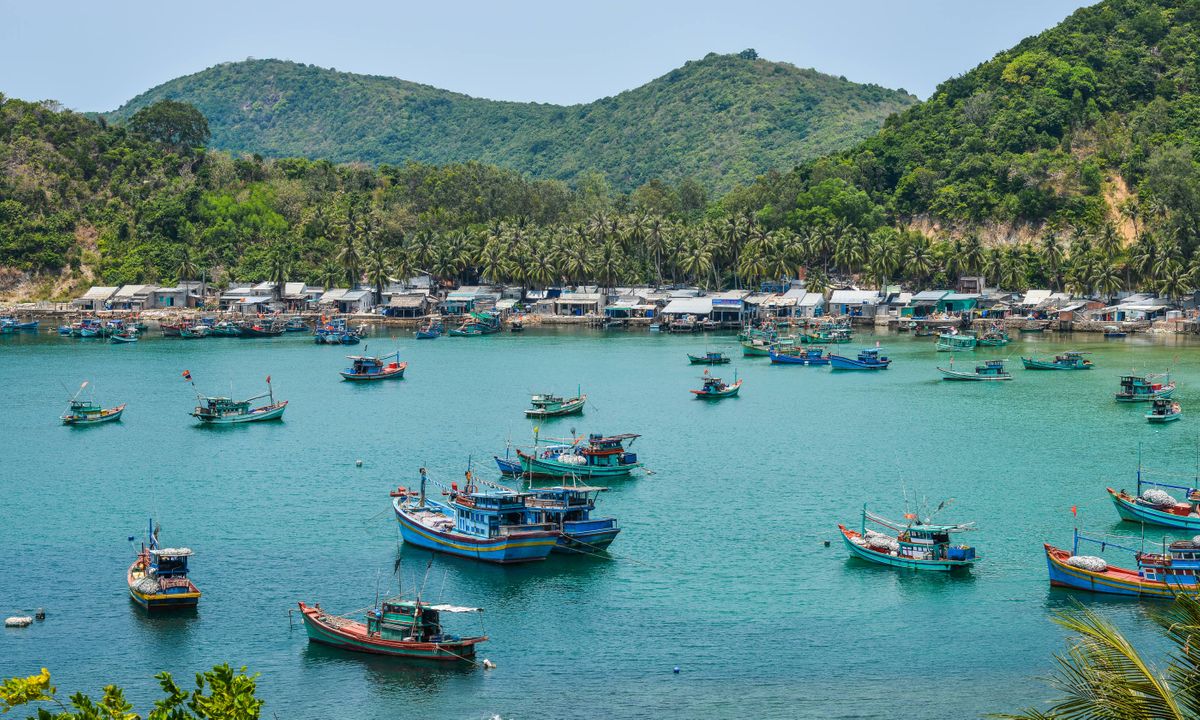
Cham Islands
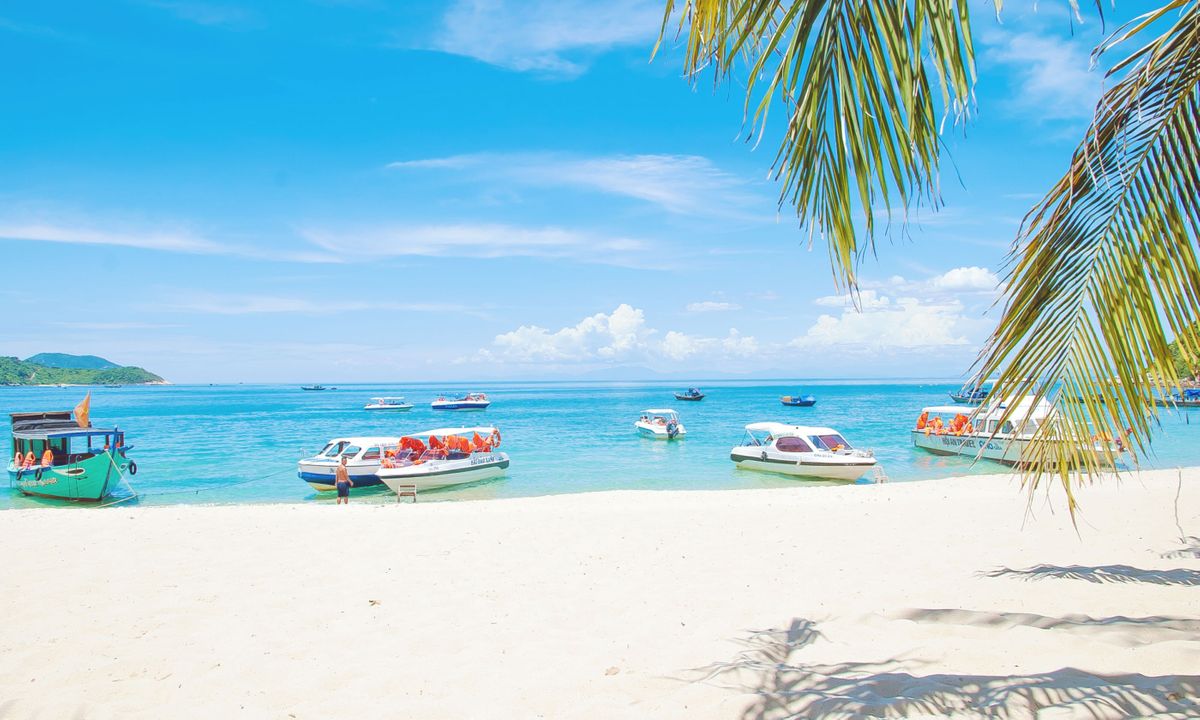
5: Ba Bể Lake

The surrounding vistas also throw up plenty of experiences. Boats ford the Nang River which threads Puong Cave, floating past unusual stalactites to the echoes of bat wings. Hua Ma Cave is laced with impressive rock formations and Buddhist folklore and the still waters of Fairy paint a tranquil scene. Wooden stilt villages also stud the lake’s banks, the ethnic locals having farmed and fished the wilderness for generations. Organised tours package up its waterfalls, caves, waterways and ancient villages into guided boat tours and hikes, meaning you get to see the best bit of a land that often slips under most travellers’ radars.
Wanderlust


